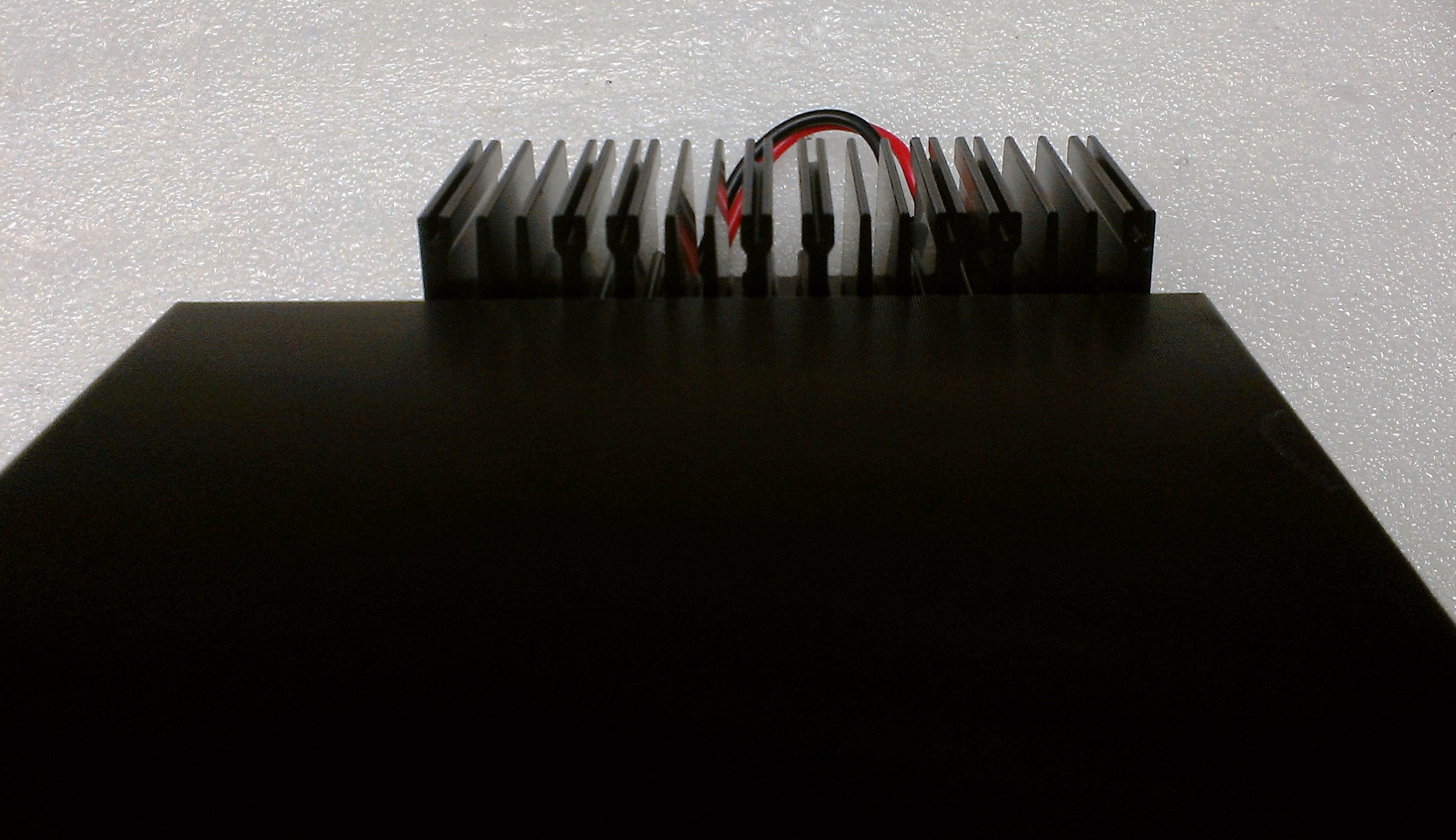

This denotes that the product was inspected to ensure quality and authenticity For quality assurance purposes, some products may not have a factory seal.The products may vary as to country of origin, accessories and other items included with the product, the language used on the packaging, parts and instructions, and the contents of any printed material.The products are genuine, new in box, and unused.Radwell sources these products through independent channels including resellers, the original manufacturer (not as an authorized distributor), and online marketplaces, allowing Radwell to obtain competitive buying rates.Radwell is not an authorized distributor or an affiliate of the Manufacturer of RISCN1 products.Chromatin-remodelling complexes of the SWI/SNF family function in the formation of nucleosome-depleted, transcriptionally active promoter regions (NDRs) 1, 2. In the yeast Saccharomyces cerevisiae, the essential SWI/SNF complex RSC 3 contains 16 subunits, including the ATP-dependent DNA translocase Sth1 4, 5. RSC removes nucleosomes from promoter regions 6, 7 and positions the specialized +1 and −1 nucleosomes that flank NDRs 8, 9. Here we present the cryo-electron microscopy structure of RSC in complex with a nucleosome substrate. The structure reveals that RSC forms five protein modules and suggests key features of the remodelling mechanism. The body module serves as a scaffold for the four flexible modules that we call DNA-interacting, ATPase, arm and actin-related protein (ARP) modules. The DNA-interacting module binds extra-nucleosomal DNA and is involved in the recognition of promoter DNA elements 8, 10, 11 that influence RSC functionality 12. The ATPase and arm modules sandwich the nucleosome disc with the Snf2 ATP-coupling (SnAC) domain and the finger helix, respectively. The translocase motor of the ATPase module engages with the edge of the nucleosome at superhelical location +2.


The mobile ARP module may modulate translocase–nucleosome interactions to regulate RSC activity 5. The RSC–nucleosome structure provides a basis for understanding NDR formation and the structure and function of human SWI/SNF complexes that are frequently mutated in cancer 13. Mechanisms of action and regulation of ATP-dependent chromatin-remodelling complexes. RSC, an essential, abundant chromatin-remodeling complex. Chromatin remodeling by RSC involves ATP-dependent DNA translocation. Regulation of DNA translocation efficiency within the chromatin remodeler RSC/Sth1 potentiates nucleosome sliding and ejection. Genomic nucleosome organization reconstituted with pure proteins. Klein-Brill, A., Joseph-Strauss, D., Appleboim, A. Dynamics of chromatin and transcription during transient depletion of the RSC chromatin remodeling complex.

Nucleosome stability distinguishes two different promoter types at all protein-coding genes in yeast. Asymmetric nucleosomes flank promoters in the budding yeast genome. A library of yeast transcription factor motifs reveals a widespread function for Rsc3 in targeting nucleosome exclusion at promoters. Role of DNA sequence in chromatin remodeling and the formation of nucleosome-free regions. Sequence-directed action of RSC remodeler and general regulatory factors modulates +1 nucleosome position to facilitate transcription. Composition and function of mammalian SWI/SNF chromatin remodeling complexes in human disease. The BAH domain of Rsc2 is a histone H3 binding domain. Tandem bromodomains in the chromatin remodeler RSC recognize acetylated histone H3 Lys14. Autoregulation of the Rsc4 tandem bromodomain by Gcn5 acetylation. Mechanism of DNA translocation underlying chromatin remodelling by Snf2. Chromatin remodeling through directional DNA translocation from an internal nucleosomal site. Structure of an actin-related subcomplex of the SWI/SNF chromatin remodeler. The HSA domain binds nuclear actin-related proteins to regulate chromatin-remodeling ATPases. The SnAC domain of SWI/SNF is a histone anchor required for remodeling. Histone acetylation inhibits RSC and stabilizes the +1 nucleosome. Genome-wide reconstitution of chromatin transactions reveals that RSC preferentially disrupts H2AZ-containing nucleosomes. Crystal structure of a nucleosome core particle containing the variant histone H2A.Z. Histone H2B ubiquitylation represses gametogenesis by opposing RSC-dependent chromatin remodeling at the ste11 master regulator locus.


 0 kommentar(er)
0 kommentar(er)
